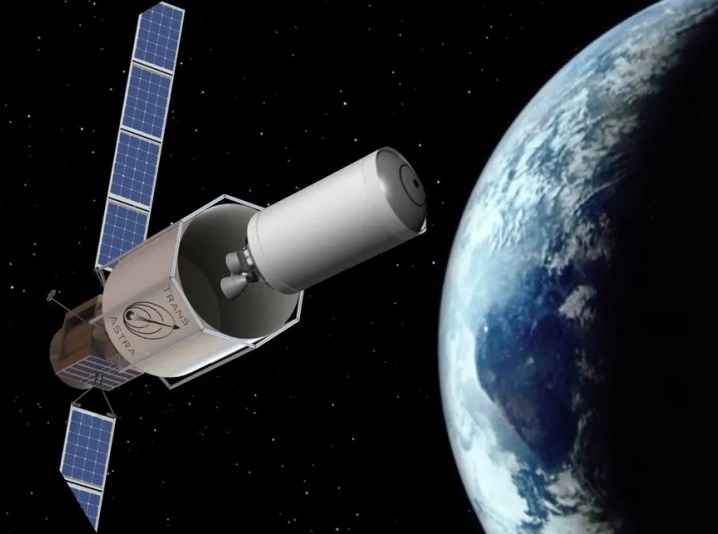
Space junk in low-Earth orbit poses a serious and ongoing threat to the thousands of functioning satellites currently orbiting our planet, as well as to the crews aboard the International Space Station and China’s recently deployed orbital outpost.
A NASA report in 2021 noted that there are currently at least 26,000 pieces of space junk “the size of a softball or larger that could destroy a satellite on impact; over 500,000 the size of a marble big enough to cause damage to spacecraft or satellites; and over 100 million the size of a grain of salt that could puncture a spacesuit.”
The junk is made up of old rocket parts, decommissioned satellites, and fragments that have resulted from collisions between these objects.
NASA and its counterparts have been looking at different ways get rid of the debris, with a number of private companies developing systems that may one day be deployed to tackle the issue.
The latest hope comes from a company called TransAstra, which has just won a NASA contract worth $850,000 to manufacture a special capture bag designed to clear up the orbital junk, SpaceNews reported.
The bag developed by the California-based startup uses inflatable struts that open to catch a piece of debris before closing again.
The first demonstrations of the technology will take place on the ground. If successful, the system will be sent to low-Earth orbit for a test mission there.
The bags can be of different sizes and could capture anything from small fragments and faulty CubeSats to spent rocket bodies and communications satellites.
It should even be possible for a single bag to capture multiple pieces, making it an extremely efficient way of cleaning up near-Earth orbit.
The team is also looking at ways to transport the captured debris to an orbital processing plant being developed by Colorado-based ThinkOrbital, where useful parts could be recovered. This would be a more fuel efficient method than transporting the debris to a low enough altitude where it would then burn up in Earth’s atmosphere.
TransAstra had already built a small capture bag designed for asteroid mining, but the company’s CEO, Joel Sercel, told SpaceNews that his team “subsequently realized this is the greatest thing ever for orbital debris cleanup.”
Editors' Recommendations
- Junk from the ISS fell on a house in the U.S., NASA confirms
- NASA is looking for volunteers for yearlong simulated Mars mission
- Watch Sierra Space blow up its LIFE habitat in dramatic pressure test
- It’s one giant leap for fashion as Prada spacesuits head to the moon
- U.S. issues its first-ever fine for space debris



